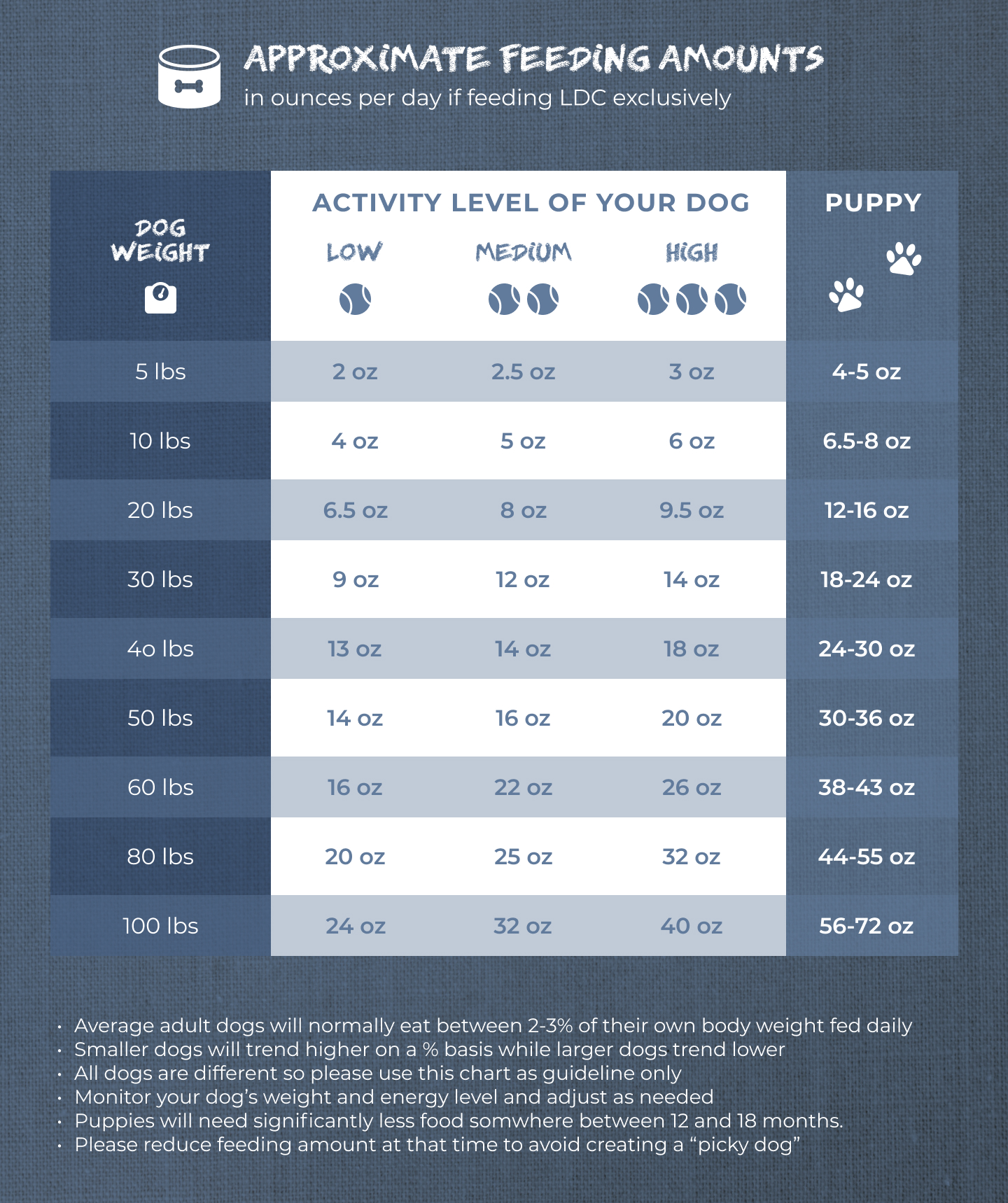People and dogs have been intertwined throughout history. Some say the relationship goes back 15,000 years, while others say even longer. Dogs have been eating our table scraps for millennia. So how did the current trend of feeding dry kibble come to be?
The first recorded book on farming was written over 2,000 years ago by the Romans. The first recipe for dog food was barley bread soaked in milk and added to sheep bones.
During the Middle Ages, royalty had cooks to prepare stews of grains, vegetables, and meat mixed with the hearts, livers, and lungs of whatever livestock was available. In the 1800’s, the Empress of China fed her Pekinese shark fins, quail breasts, and antelope milk. But common folk fed their dogs whatever they ate. Their dogs were lucky to have crusts of bread, bones, potatoes, cabbage and other leftovers.
Socio-economic status throughout history has always had an impact on the way we eat and feed our family. The Industrial Revolution in the mid 1800’s brought the growth of the middle class. Now there was more money and with more money came more pets. In 1895, veterinary medicine came to be.
But the turning point for our dependency on dry dog food came from a different professional, an electrician from Cincinnati, named James Spratt. His travels, selling lightning rods, often took him to the docks of London.
There, he watched sailors tossing leftover ‘ship’s biscuits’ to the local dogs. These biscuits, made from flour, salt, and water, needed no refrigeration and were the staple of the crew’s diet during long sea voyages.
Spratt made a few variations to the sailor’s biscuits and created his own dog biscuits. His recipe used wheat flour, beetroot, and vegetables mixed with beef blood. He named his creation ‘Spratt’s Patent Meal Fabrine Dog Cakes’ in 1860. He took it to the United States 10 years later and the American pet food industry was born.
 This man was an entrepreneur with vision. He hired a young British salesman named Charles Crufts. Crufts went on to organize the canine dog show for the 1878 World’s Fair in Paris. His involvement with the Allied Terrier Dog Club of Westminster in 1886 inspired the largest pet show in the world, the Crufts Dog Show. Charles Crufts never had a dog, only cats!
This man was an entrepreneur with vision. He hired a young British salesman named Charles Crufts. Crufts went on to organize the canine dog show for the 1878 World’s Fair in Paris. His involvement with the Allied Terrier Dog Club of Westminster in 1886 inspired the largest pet show in the world, the Crufts Dog Show. Charles Crufts never had a dog, only cats!
 As with most popular ideas, other folks copied Spratt’s cookies. 1908 saw the first bone shaped biscuit and the first kibble dog food created by F.H. Benner. Benner sold his company 30 years later, in 1931, to Nabisco and they renamed his cookies Milk Bones. Now dog food was in grocery stores!
As with most popular ideas, other folks copied Spratt’s cookies. 1908 saw the first bone shaped biscuit and the first kibble dog food created by F.H. Benner. Benner sold his company 30 years later, in 1931, to Nabisco and they renamed his cookies Milk Bones. Now dog food was in grocery stores!
The 1930’s seemed to be the golden age of processed dog food. Ken-L-Ration brought the first canned horse meat option. They sponsored a popular radio show, The Adventures of Rin Tin Tin. 50,000 horses a year were slaughtered for the production of dog food. By 1941, 90% of dog food was canned.
The 40’s also saw a dramatic change in the American diet. Feeding the troops during WWII was a priority. A stable shelf life for food and portability became crucial. Products like Spam were popular and the start of the processed food revolution began.
 But the war also meant rationing both of meat and tin. Canned dog food sales fell. Companies like Ralston Purina borrowed technology from their cereal division to puff up dry kibble to keep it crisper and make it more palatable. Dogs seemed to like the change and so did consumers.
But the war also meant rationing both of meat and tin. Canned dog food sales fell. Companies like Ralston Purina borrowed technology from their cereal division to puff up dry kibble to keep it crisper and make it more palatable. Dogs seemed to like the change and so did consumers.
The post war economic boom saw an increase in home sales and a move to the suburbs. Supermarkets were now filled with processed and fast foods. There was now an abundance of agricultural scraps from slaughterhouses, grain mills, and processing plants. Pet food companies saw opportunities. They now had a way of capitalizing on the waste products of the human processed food industry. People wanted convenience in the foods they ate and the foods they fed their dogs. Kibble fit right into that trend, it was cheap and easily available.
 By 1964, the newly created Pet Food Institute went on a mission to stop people from feeding their dogs table scraps. They funded ‘reports’ explaining the dangers of table scraps and encouraging the use of packaged dog food as the more responsible choice. During the next 10 years the industry grew to include 1,500 brands of dog food. The major players were all processed food companies: Mars, Nestle, Colgate-Palmolive, Proctor and Gamble, and Delmont.
By 1964, the newly created Pet Food Institute went on a mission to stop people from feeding their dogs table scraps. They funded ‘reports’ explaining the dangers of table scraps and encouraging the use of packaged dog food as the more responsible choice. During the next 10 years the industry grew to include 1,500 brands of dog food. The major players were all processed food companies: Mars, Nestle, Colgate-Palmolive, Proctor and Gamble, and Delmont.
Today, there are over 80 million dogs in the United States. Pet food is an 11.5 billion dollar industry. Kibble is still the way most people feed their dogs, but times are changing. Processed foods for human consumption are being questioned as 68% of Americans are overweight (CDC – 2010). 53% of dogs in this country are also overweight or obese. Obese people and dogs are prone to many ailments such as arthritis, diabetes, increase blood pressure, heart and respiratory diseases, ligament injury, kidney disease, cancer, and decreased life expectancy. In the case of dogs, life expectancy in overweight dogs decreases by 2.5 years.
America’s dog owners are worried about what to feed their best friends. According to Psychology Today, 81% of people consider their dogs members of the family. 4,150 dogs and cats died due to melamine contaminated pet food in 2007. The Canine Cancer Research Foundation states that cancer rates in dogs have gone up dramatically in the last 10 years and now one in two dogs will be diagnosed with the disease
Author and respected leader in pet nutrition, Dr. Donald Strombeck, DVM, PhD, shows concern, “Why are so many pets getting cancers, renal failures, hepatic diseases, multitudes of skin and coat problems? Diseases and illnesses we simply shouldn’t be seeing. Illness and poor nutrition affect each other.”
The awareness of the connection between health and our diet is driving a dramatic rise in sales of organic foods and beverages. Over the last 10 years the industry has grown from $1 Billion in 1990 to $26.7 Billion in 2010 (Organic Trade association – www.ota.com). It is not surprising to see the popularity of a diet rich in natural, whole foods for our dogs, growing too.
Our dogs need us in every way. We are responsible for the quality of their lives. They have lived with us for thousands of years. Over time we have seen how our attitudes, customs, and knowledge about food have evolved. Today our dogs’ health issues are mirroring our own conditions. Economics and convenience still play a major role in how we feed our families. Let’s hope that the next decade reflects our growing awareness of the benefits of fresh food, fresh air, and clean water – our health, our dogs’ health, and the health of the planet depend on it.
Yours in good health,
Dr Janice Elenbaas

 Is your dog a picky eater?
What to do when your dog won't eat
Is your dog a picky eater?
What to do when your dog won't eat







